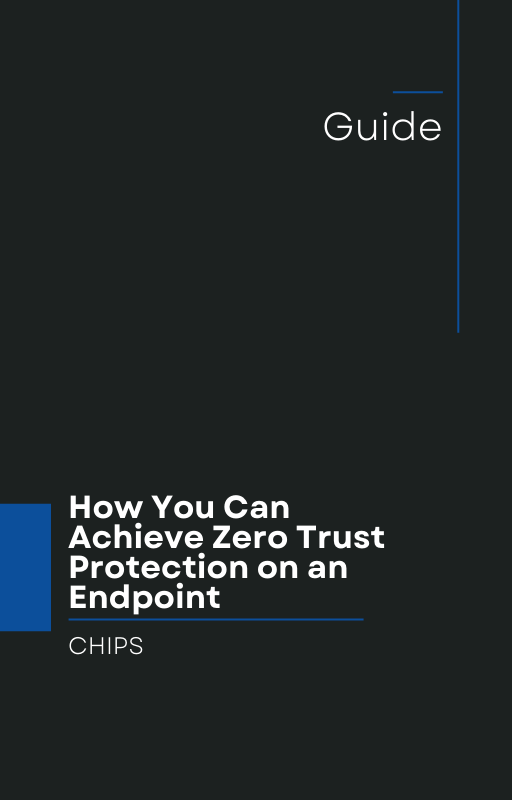In a recent article from CSO Online titled “AI-enabled ransomware attacks: CISO’s top security concern — with good reason”, security leaders were warned that the convergence of generative AI and ransomware is creating one of the most serious threats of our time. CSO Online
Here’s what business and cybersecurity leaders must understand — and why the moment has arrived to adopt a fundamentally different posture.
The Rising Tide of AI-Driven Threats
According to the article, new surveys from CSO Online and CrowdStrike show that CISOs regard AI-enabled ransomware as their top concern right now. What is different this time?
-
Attackers are leveraging generative AI, large-language models and automation to create smarter, more adaptive ransomware campaigns.
-
The speed and scale of attacks are increasing: AI can help with reconnaissance, crafting highly convincing social-engineering lures, and automating payload generation.
-
Traditional defences built on signature-based detection or reactive incident response are being outpaced by this evolution.
Put simply: the “detect and respond” model is being sidelined by adversaries who no longer need to overtly plant and wait—they move faster, smarter, and often with fewer detection triggers.
Why “Detect and Respond” Isn’t Enough
For years, many organisations have structured their cybersecurity around detecting suspicious behaviours, responding to incidents, and cleaning up. That is no longer sufficient, for four reasons.
-
Speed and stealth: AI-driven malware can adapt and hide, reducing the window for detection.
-
Zero-day and polymorphic threats: Attackers are using AI to create novel payloads, meaning signature-based defences lag behind.
-
Supply-chain and lateral movement: Once inside, damage can spread rapidly before alarms fire.
-
Business impact: Ransomware isn’t just encrypting data—it’s now orchestrating exfiltration, extortion and demands across multiple systems.
The CSO Online piece particularly stresses that this era demands moving beyond “find it, fight it, fix it” and instead asks: how do you stop the threat from spreading in the first place?
The Case for Isolation and Containment
Here is where a proactive paradigm shift is required. Instead of waiting for detection then response, effective security must isolate and contain. That means segmenting, restricting and controlling what malware can do if it penetrates.
That’s exactly what AppGuard does. With over ten years of proven success protecting endpoints by locking down the areas malware relies on, AppGuard prevents execution of malicious code, lateral spread and file encryption—even if the attacker bypasses traditional defences.
Contrast that to “detect and respond” tools: even when they spot something, damage may already have occurred. Isolation and containment stops the spread before full compromise. For organisations facing AI-enabled ransomware, this is a material difference.
Why Business Owners Must Act Now
If you are a business owner or executive responsible for risk, these are the realities you face:
-
Your organisation is a target. Small and mid-sized enterprises are increasingly in the cross-hairs because attackers use automation and AI to scale campaigns.
-
The cost isn’t only ransom: business disruption, reputational damage, regulatory exposure and loss of operational capability all factor in.
-
Defence budgets alone won’t fix the problem if the approach remains reactive. The adversary’s playbook has changed; waiting to respond is too slow.
-
You need a differentiated strategy: one that assumes breach, limits blast radius, and stops attacks from walking through your front door.
AppGuard offers a real, commercial-ready solution to this challenge. It doesn’t rely primarily on detecting malware variants or signature updates. Instead, it blocks the pathways ransomware uses and quarantines threats before they escalate.
From Our Experience at CHIPS
At CHIPS we help business owners evaluate endpoint protection not just as another purchase but as a strategic risk reduction tool. We’ve seen how companies that adopt isolation-based defences dramatically shorten recovery times, reduce the need for post incident forensics and stop ransomware sequences mid-flow.
With AppGuard you gain:
-
Proven 10-year track record of containment success
-
Minimal reliance on threat intelligence feeds (which lag behind attacker innovation)
-
A solution designed for commercial use—making enterprise-grade containment accessible to mid-market and growing organisations
-
A forward-looking posture aligned with the emerging threat of AI-enabled ransomware
The Direction That Security Must Take
In summary, the CSO Online article warns that AI-enabled ransomware is turning into the CISO’s top security concern—and for good reason. Traditional “detect and respond” defences are increasingly outmatched. It’s time for business owners to consider isolation-and-containment as their foundational strategy.
If you are still operating on the basis of “we’ll detect, then respond”, you are placing your organisation at unnecessary risk. The adversary is already moving on to tools built on artificial intelligence and automation. You need to move on too.
Call to Action
If you run a business and recognise that endpoint protection is no longer just about responding, we invite you to talk with us at CHIPS about how AppGuard can transform your cybersecurity posture. Let’s move from “detect and respond” to isolation and containment. Reach out today and let’s arrange a consultation. Your organisation cannot wait for the next AI-amplified ransomware wave.
Like this article? Please share it with others!

October 31, 2025

Comments